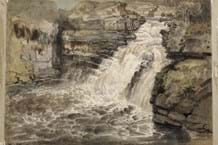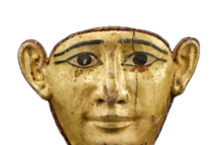The price might not seem high for a piece of rolling stock, but when one
considers that on top of the 15 per cent premium and VAT Mr Shirley must pay for his purchase’s removal, the dedication to his pet is clearly all the greater.
The sale, which also included “dead man’s handles”, safety brakes to stop the train if the driver becomes incapacitated, was largely made up of a variety of signs, however, and although prices are not particularly high at the moment, the fact that all 127 lots found buyers indicates that the beginnings of a competitive market are forming.
What was even more interesting was the cross section of buyers at the sale. Predictably, railwayana collectors made up a goodly number of the 300 people packed into the Putney Bridge Road salerooms in temperatures of around 33 degrees Celsius, with one coming from as far away as Germany to bid. But perhaps the most notable buyer was an American interior designer who successfully bid for a number of signs. As with many other fields of antiques and collectables, decorative appeal is becoming an increasingly important factor in determining price.
London Underground memorabilia has a very wide appeal, and is one of the few areas that already draws widely on the general public for buyers auction as proved the case here; interest can be drummed up as much by the association of names as by the artefacts themselves. Such was the case with the station name signs and, predictably, it was the sign for Notting Hill Gate, in the wake of the recent Hugh Grant film, that attracted the highest price in this category, selling for a hammer price of £200, and two sisters turned up to bid for the West Ham sign as a present for their father, a keen supporter of the football team.
For the true London Underground
enthusiast, however, it was the sign, pictured right, that created most interest.
Found covered by a 1950s Tooting Bec station sign that had been rivetted on top, this Trinity Road (Tooting Bec) sign, dating back perhaps 70 years, shows how the station had been renamed. Trinity Road opened on September 13, 1926 and was renamed Tooting Bec on October 1, 1950. At Lloyds the sign sold for a hammer price of £70.
More than underground appeal
UK: THE chief beneficiary of Lloyds’ July 31 sale of London Underground railwayana in Putney was a pet pig called Charlotte, whose owner, John Shirley, paid the auction’s top hammer price of £1000 for the front end of a Type 59 Northern Line train, intending to house his animal in it.




